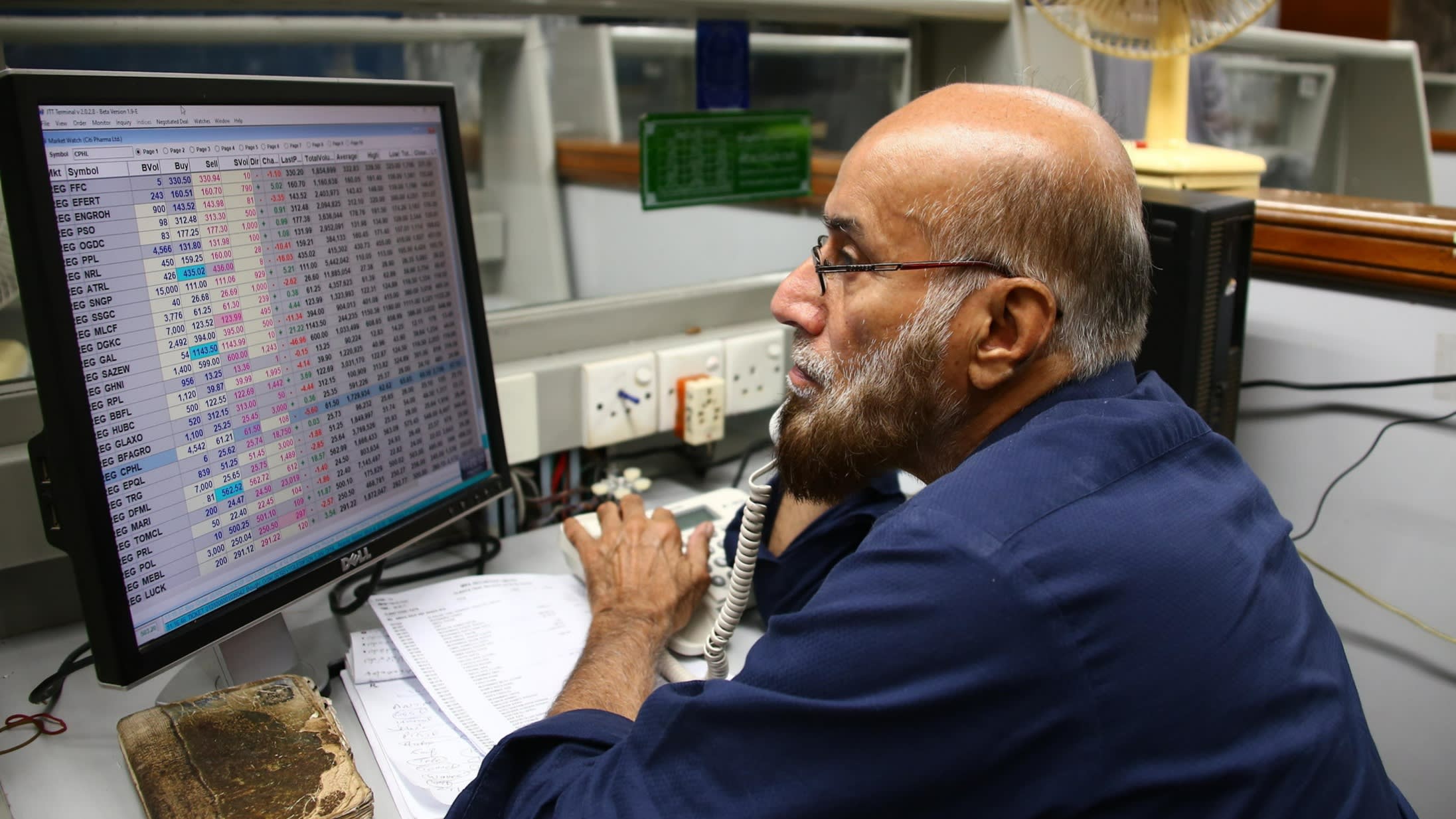
Large institutional investors are capitalizing on growing interest from retail investment funds to sell their stakes in private equity buyouts at favorable valuations, even as the broader industry faces a downturn.
This change in market dynamics reflects a shift in private equity’s traditional investor base, with retail funds — which pool money from individual investors — stepping in as buyers in the secondary market. These investors have demonstrated strong demand for exposure to private equity, viewed as a potentially high-return alternative to public markets during a time of economic uncertainty.
The influx of retail capital has provided liquidity in an otherwise cautious environment, allowing big institutions, including pension funds and endowments, to divest from certain private equity holdings without steep markdowns. This trend is occurring despite widespread challenges in the sector, such as valuation reassessments and slower fundraising.
Industry analysts note that the involvement of retail funds is helping to support asset prices and transaction activity, offering a partial counterweight to the pressures facing private equity globally. Furthermore, new investment vehicles and regulatory changes have made it easier for non-institutional money to participate in markets traditionally dominated by large, sophisticated investors.
While the long-term implications of this shift remain uncertain, the current trend indicates a growing role for retail investors in shaping private equity markets, particularly in secondary transactions — selling stakes in existing private equity funds or portfolios — where liquidity options have historically been limited.
Analysts warn, however, that increased retail involvement also carries risks, including concerns about transparency, fees, and suitability for less experienced investors. Despite these challenges, the movement reflects a continuing evolution of the private equity landscape and a response by fund managers to diversify their capital sources amid turbulent market conditions.
Source: https:// – Courtesy of the original publisher.








